Fieldwork on Tsanfleuron
Over the course of five days, Tanguy, Lucas, Elie, Manon, Roberto and Cyrille went out to the Tsanfleuron site to place CTD loggers to key locations on the catchment, document possible new tracer test injection points and perform more in-cave reconnaissance for drip site and cave-stream monitoring in future.
Documentation of Tschoetre springs
The first day saw Elie, Lucas and Tanguy drive into the valley of Derborence and above the reservoir lake of Godey. The hiking trail crosses the Lizerne de la Mare stream, a stream which is partly fed by karst springs. The most important with regards to discharge are the Tschoetre springs. The team followed the Lizerne stream bed to access and sample those springs. Located at the top of a marly formation, the Tschoetre springs feed 10-15 m high waterfalls spread over a 100 m reach of the Lizerne de la Mare. Tracer tests have confirmed in the past that water from the Tsanfleuron catchment percolate through deep fractures across the whole thickness of Diableret nappe, to feed those springs, whose discharge was in excess of 1 cubic metre per second at the time of the visit.
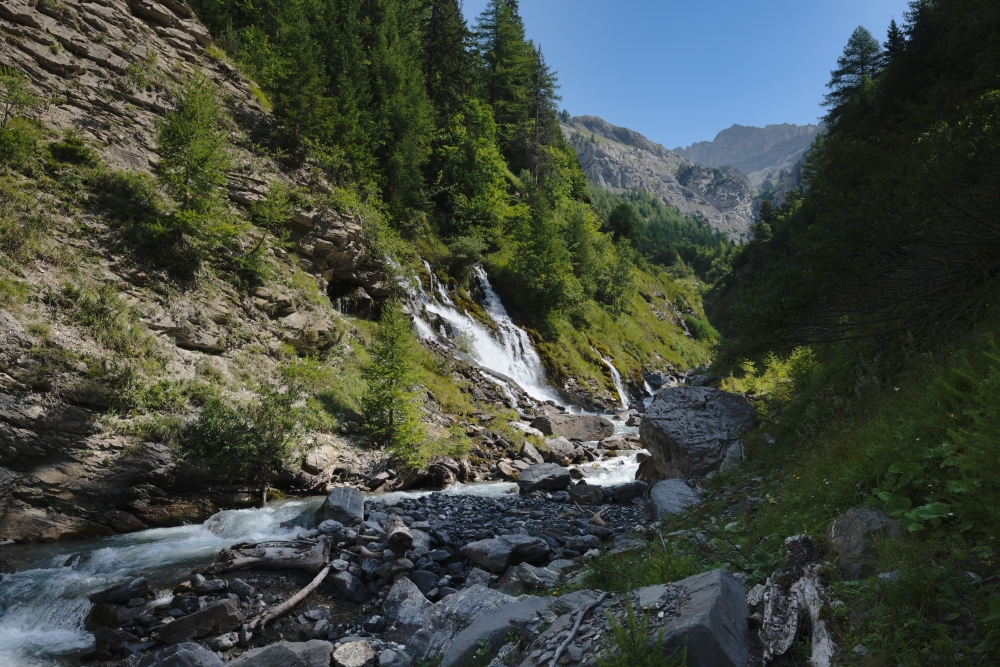
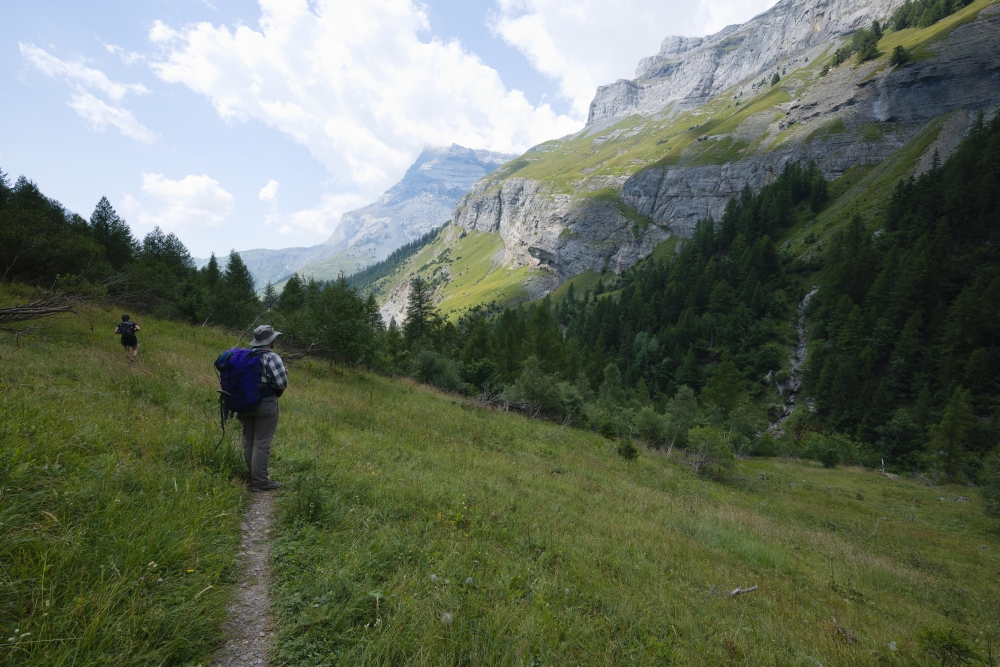
Installation of CTD loggers
To continue monitoring discharge, we placed new CTD loggers in four key locations of the karst system to replace a setup originally installed in 2021 and removed since. First the Plan de la Fontaine weir was cleared of some sediment by Roberto, Cyrille and Manon, and its logger was reinstalled in brand new tubing. The team of three then moved to the Sarine stream. Over the next day, Tanguy, Elie, Lucas and Roberto went first to the the outlet of the Tsanfleuron glacier; Roberto waded in the near zero degree C water and placed a new tube to protect the sensor. Finally, the team installed a sensor at a brand new location: one of the lakes near the Prarochet hut.
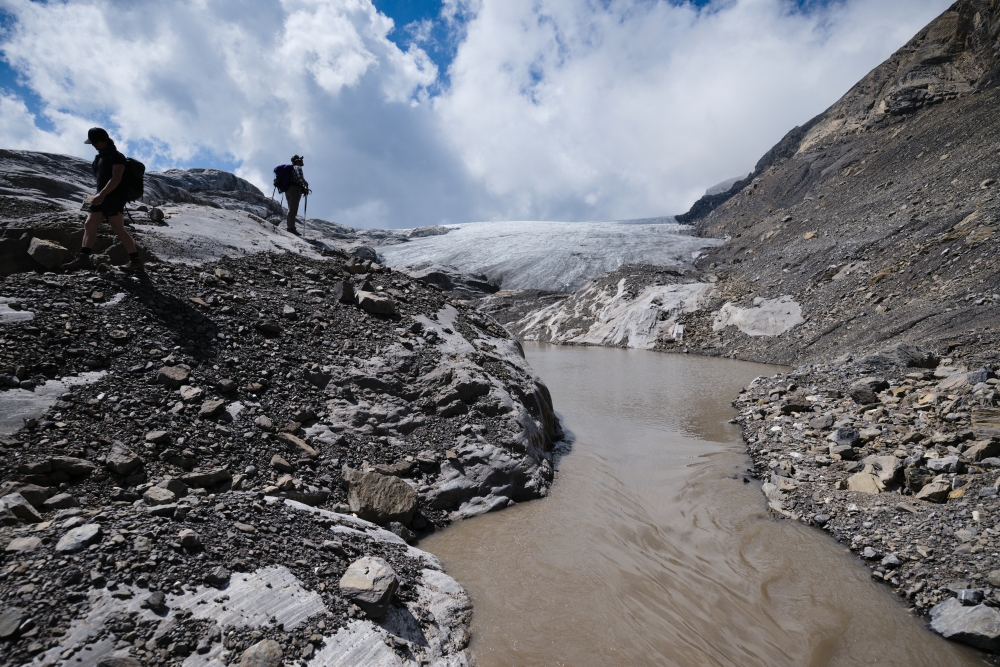
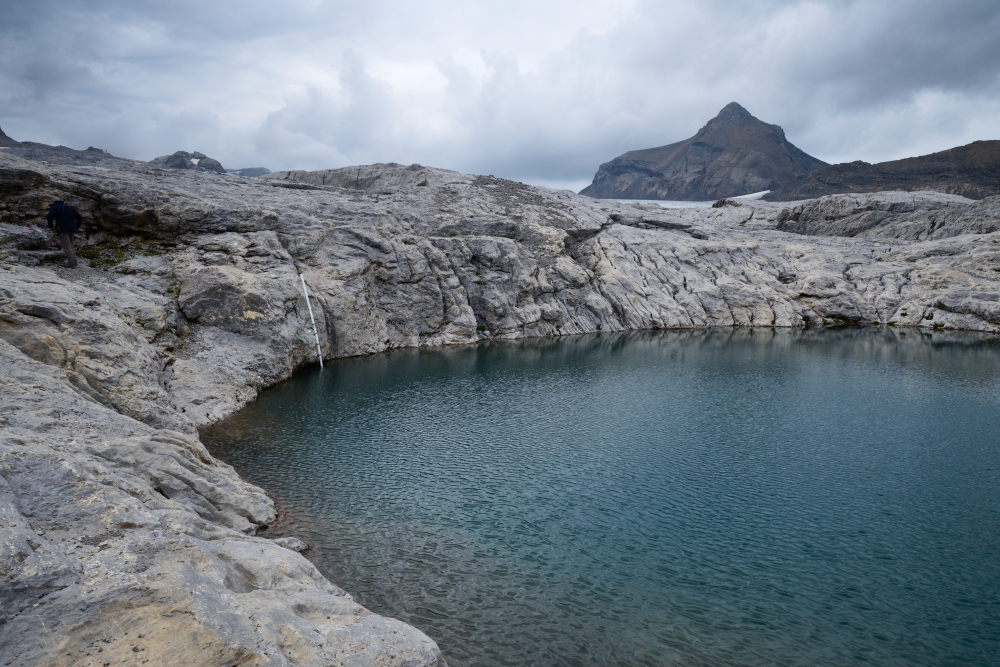
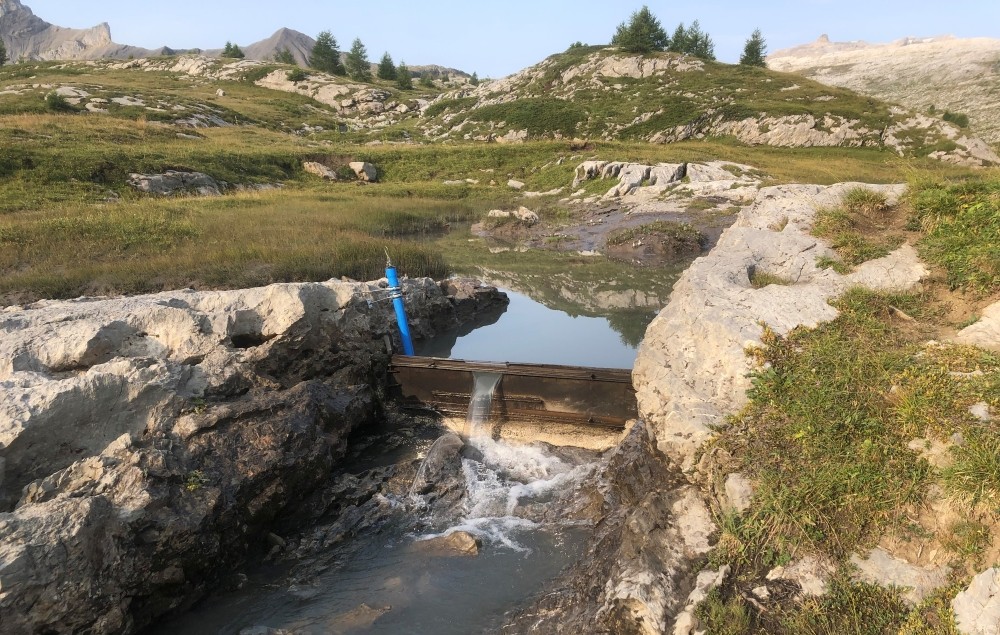
Investigating Tsanfleuron caves
Over the course of the fieldwork, Tanguy, Elie and Lucas also visited two major caves of the Lapis de Genièvre, caves located near the southern edge of the Tsanfleuron catchment. These, namely the Grotte du Porche and Grotte du Glacier are easily accessible, and have been explored and mapped over 35 years ago. In Grotte du Porche, we spotted several inlets, including one which was still active and whose discharge we now intend to monitor closely to investigate the dynamics of snow melt recharge into the first metres of karst.
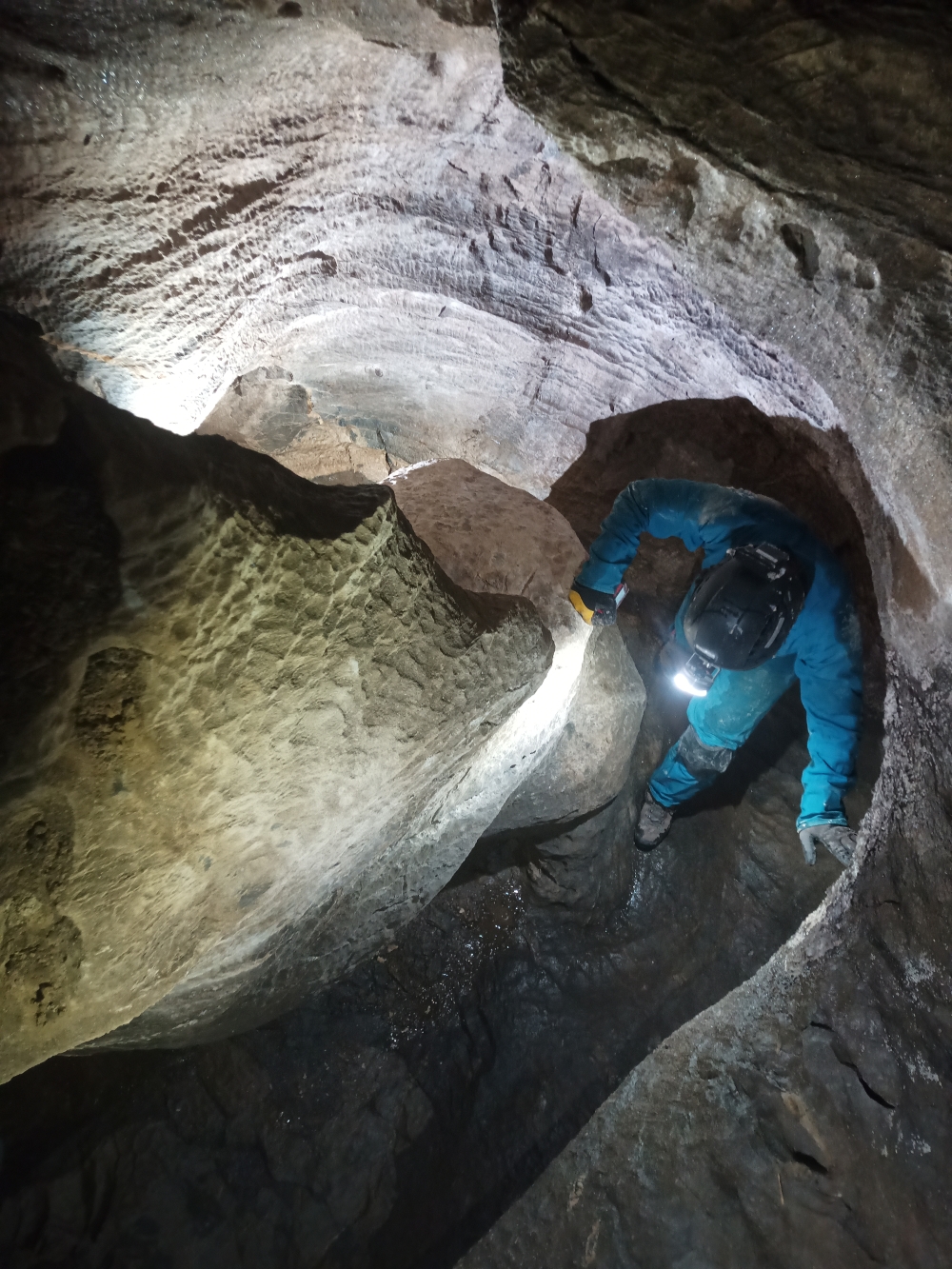
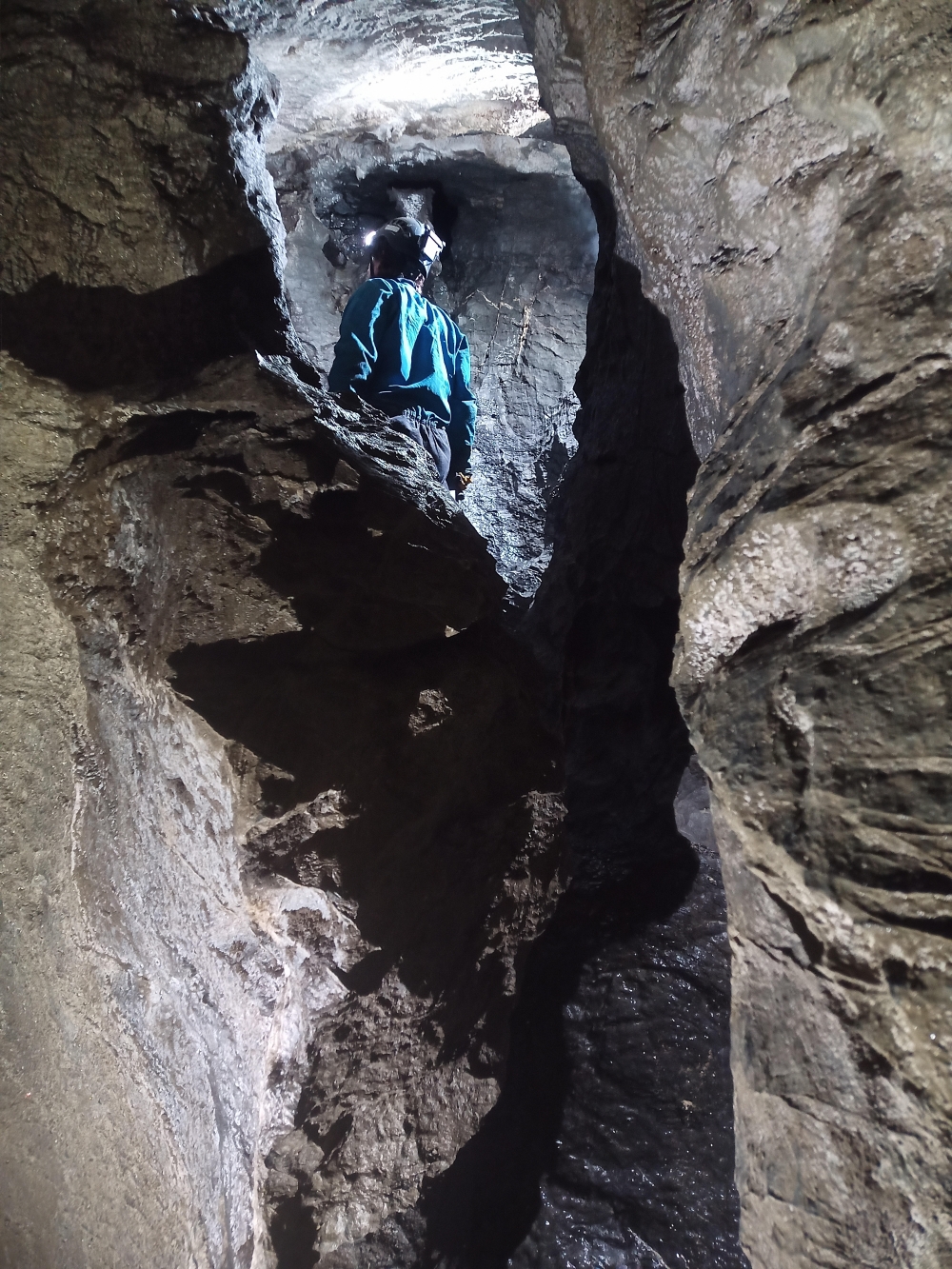
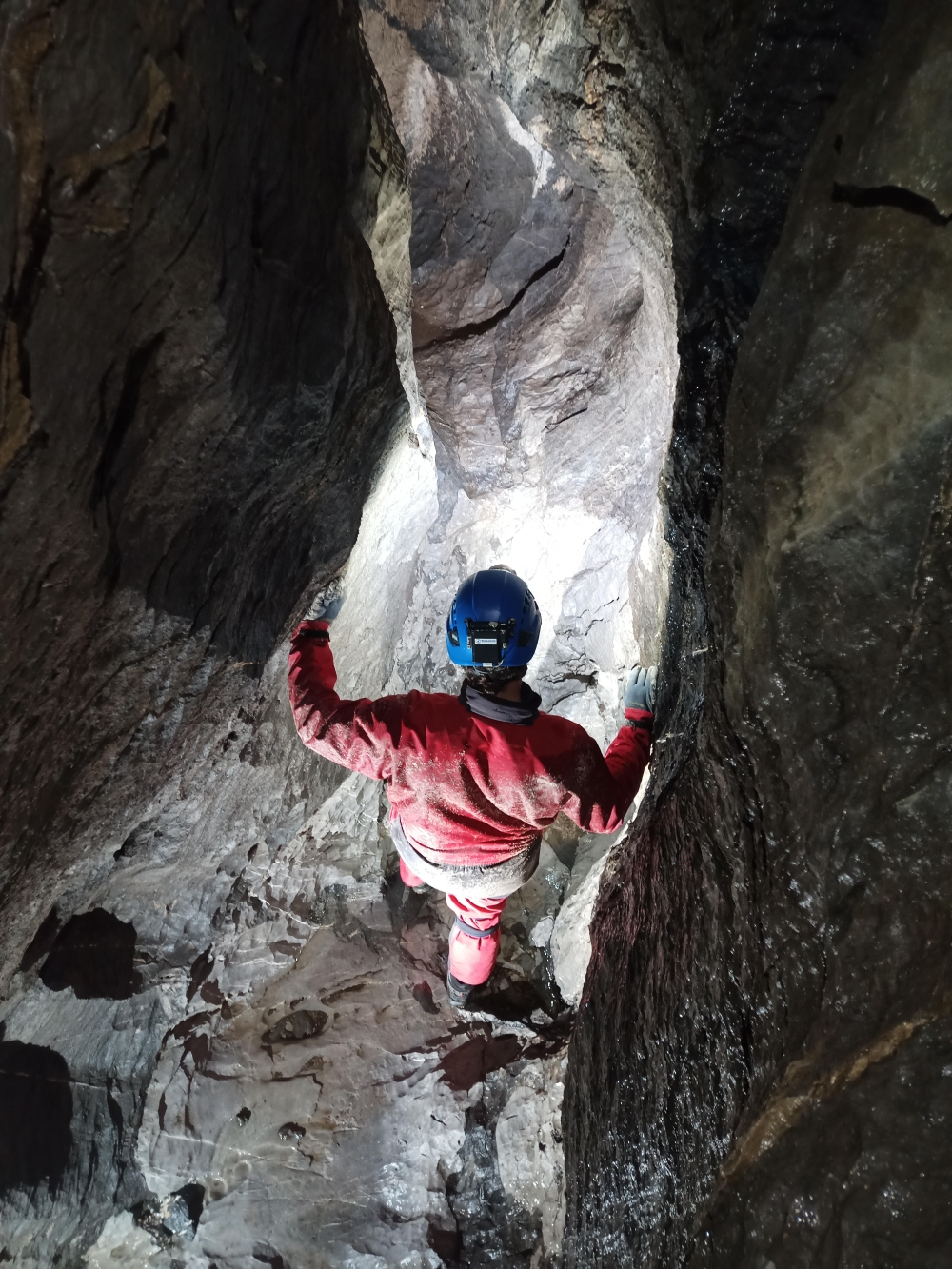
Enjoy Reading This Article?
Here are some more articles you might like to read next: